22 Inventions That Completely Changed How We Live Today
We don’t think twice about flipping a switch, sending a message, or driving across town. But not long ago, none of these things were possible. Daily life today is built on a foundation of inventions that quietly reshaped the way we live, work, and connect. These clever gadgets were a turning points in human history. Here’s a closer look at the inventions that made the biggest difference.
The Wheel
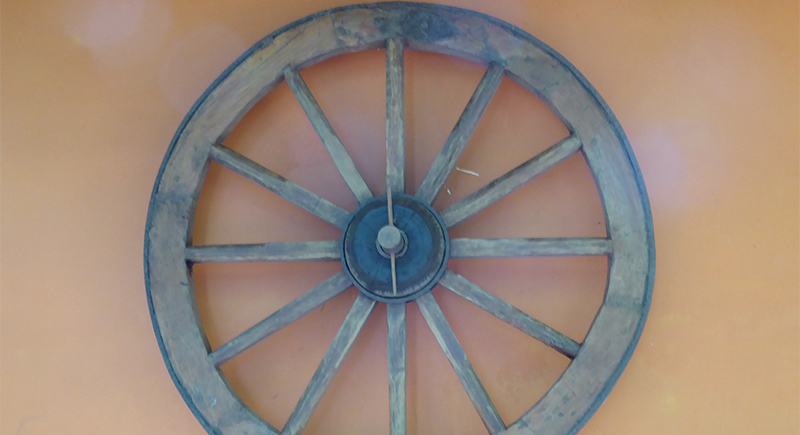
Credit: Wikimedia Commons
Before the wheel, moving anything heavy meant dragging it—or using logs underneath and pushing inch by inch. Early civilizations figured out how to carve and attach circular wooden discs to an axle, and from there, everything changed. The wheel allowed for carts to carry supplies, for wagons to cross long distances, and eventually, for modern vehicles to exist. This simple invention became the backbone of transportation, construction, and machinery.
Printing Press
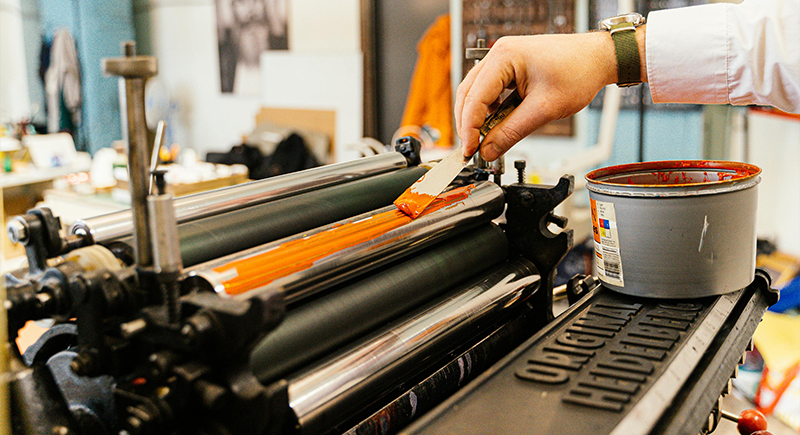
Credit: pexels
When Johannes Gutenberg built the printing press, he made books cheaper and blew the doors off information control. Suddenly, people could access texts without being scholars or clergy. That shift jumpstarted the Reformation, empowered education, and made ideas contagious.
Steam Engine
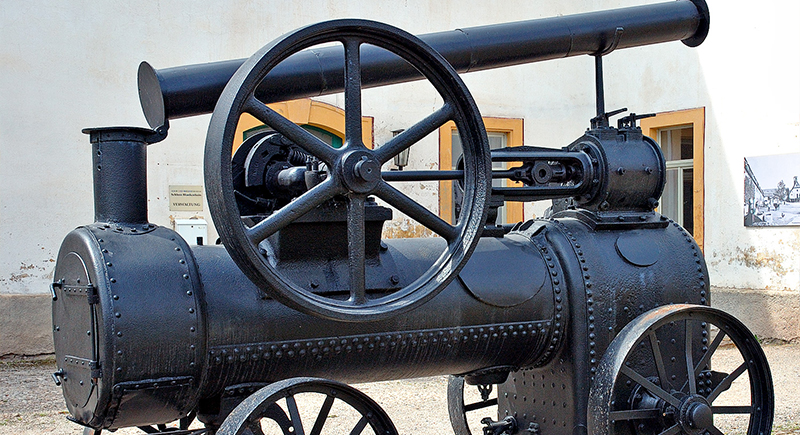
Credit: Wikimedia Commons
The steam engine wasn’t the first machine to harness power, but it was the one that redefined labor. Inventors like Thomas Newcomen and later James Watt developed engines that could do the work of dozens of men steadily and without rest. These machines powered factories, pumped mines and drove trains. In doing so, they helped launch the Industrial Revolution.
Telephone
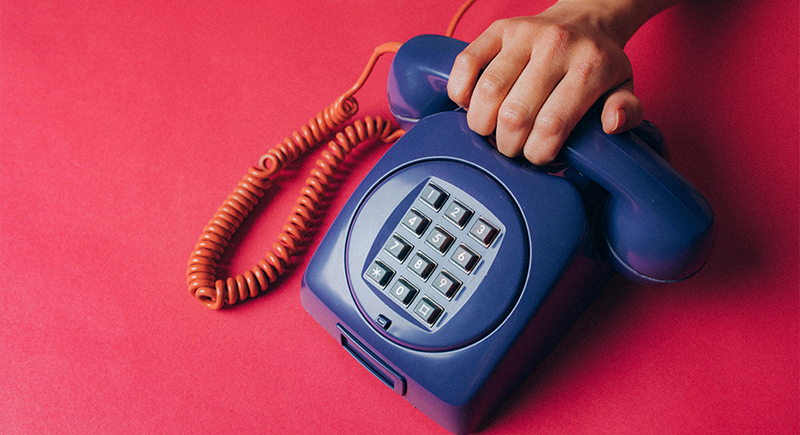
Credit: pexels
Long-distance conversations used to take weeks by letter. Then Alexander Graham Bell made a device that let voices travel instantly. Families stayed in touch, businesses expanded across cities, and personal connections stopped depending on location. The convenience it brought entirely changed how people related, worked and stayed emotionally linked, no matter how far apart.
Light Bulb

Credit: Wikimedia Commons
The light bulb solved more than darkness. It extended the functional hours of each day. Factories could operate after sunset, students could read at night, and cities could keep streets lit for safety. Edison wasn’t the first to attempt electric light, but his design was the first reliable and long-lasting enough for everyday use. The ripple effect shaped everything from productivity patterns to urban design.
Airplane
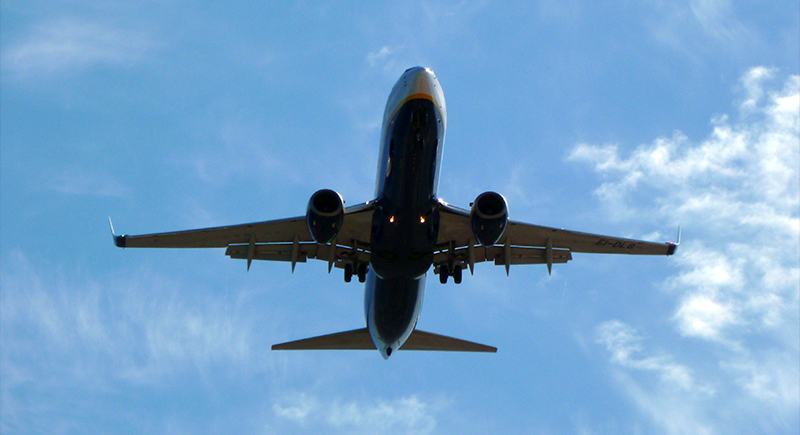
Credit: Wikimedia Commons
Before air travel, crossing an ocean meant weeks at sea—assuming fair weather. When the Wright brothers flew in 1903, it was a brief, low flight, but it proved that powered, controlled flight was possible. Aviation advanced rapidly from there, especially during wartime. By the mid-20th century, commercial flights were shrinking the world. Airplanes redefined global commerce, diplomacy, and migration.
Automobile
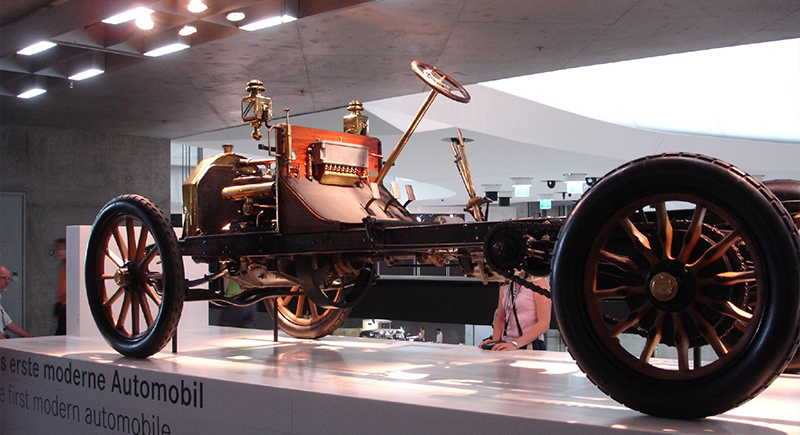
Credit: Wikimedia Commons
The invention of the car completely altered where people lived and how cities grew. With access to personal vehicles, people no longer had to live near train stations or downtown. Suburbs expanded. Roads stretched across countries. The internal combustion engine went on to power lawnmowers, boats, and buses. The ripple effects are still being measured in infrastructure and emissions today.
Personal Computer
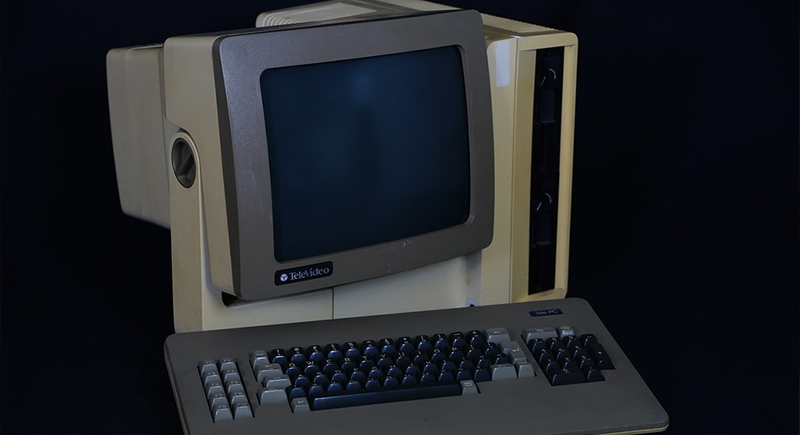
Credit: flickr
In the 1980s, computers moved from universities and corporations into homes. Suddenly, tasks like word processing, spreadsheet calculations, and basic design were accessible to anyone with a keyboard and monitor. For many, the personal computer became a tool for learning, creativity, and, eventually, work. It opened the door to the digital world long before the internet arrived.
Internet

Credit: pexels
When the Internet expanded beyond government and academic use in the early 1990s, it quietly restructured the world’s systems of information, communication, and commerce. Websites replaced encyclopedias. Email replaced letters. Online forums replaced local clubs. As access widened, so did the scale and pace of global interaction.
Smartphone
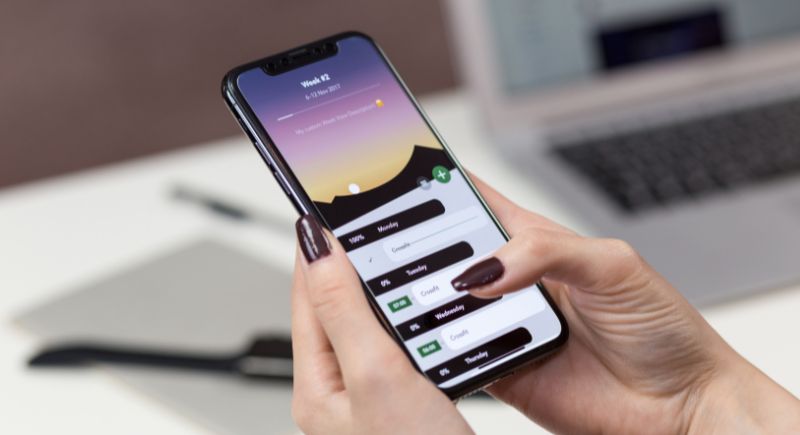
Credit: pexels
Smartphones combine a phone, camera, calendar, map, and computer into one device that fits in a pocket. While early mobile phones focused on voice calls, modern smartphones became platforms for everything from banking to video editing. They blurred the line between digital and physical life.
Compass
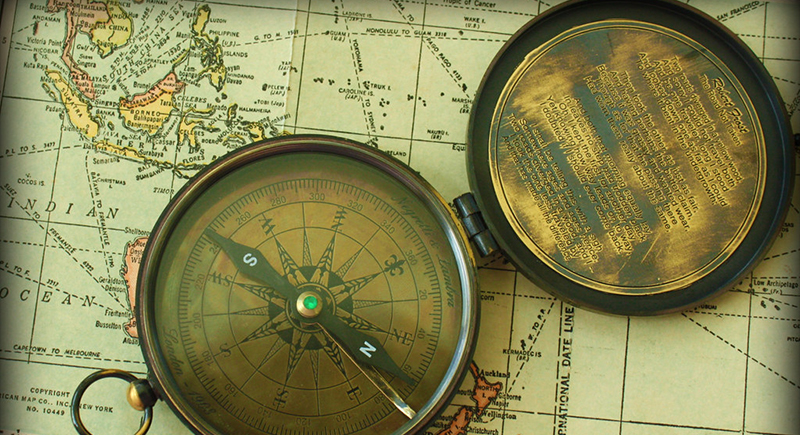
Credit: flickr
For centuries, navigation relied on landmarks, stars, and luck. The magnetic compass, likely invented in China and adopted in Europe by the 12th century, provided a reliable sense of direction regardless of visibility. That changed sea travel forever. It allowed ships to sail farther from land with more confidence.
Electric Motor
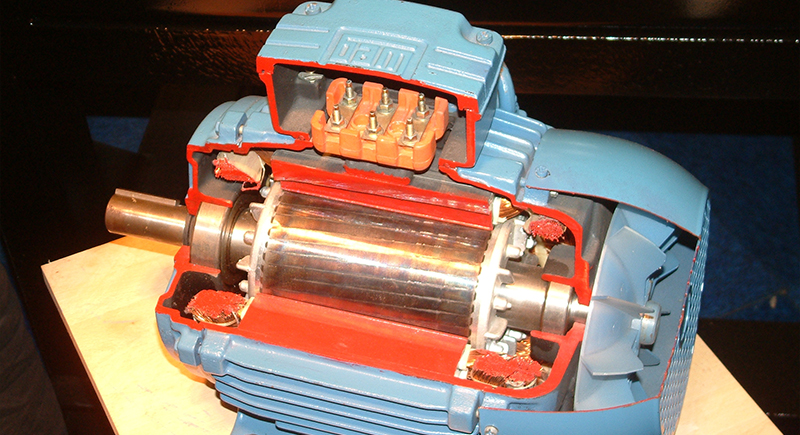
Credit: Wikimedia Commons
The arrival of electric motors replaced crank handles and powered a movement. They turned machines, fans, cars, and more, quietly and efficiently. Manufacturing surged, appliances got smarter, and life sped up. It lives inside nearly every modern convenience, doing essential work people forget is happening.
Telegraph
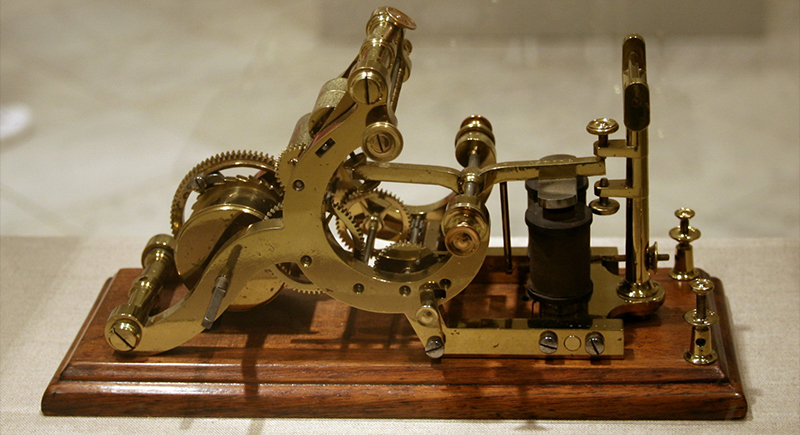
Credit: Wikimedia Commons
The telegraph did what no technology before it could—send information faster than travel. Using Morse code over long-distance wires, messages could move between cities in minutes instead of days. It was the first time news could break in near real-time. Railroads used it to schedule trains. Governments used it to coordinate action. It laid the foundation for modern communication networks.
Radio
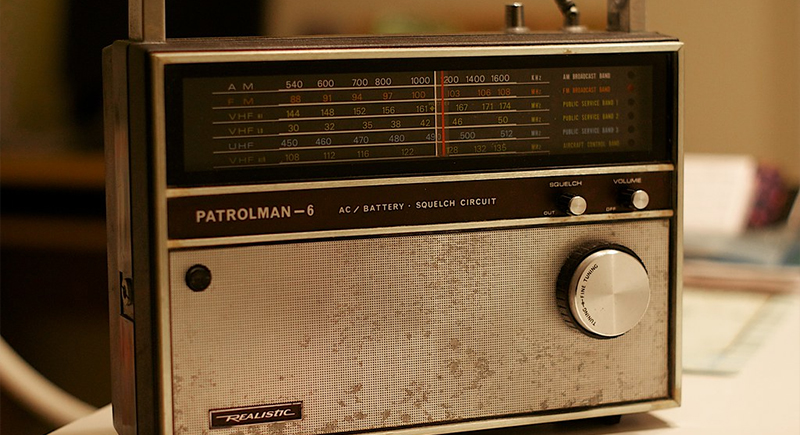
Credit: flickr
Radio brought sound to the masses. Without needing a physical connection like a wire or a record, broadcasters could share music, news, and speeches across long distances. In rural America, it was often the only link to national news or cultural trends. It was also a unifying force during war and crisis and gave people a common voice to tune into.
Television
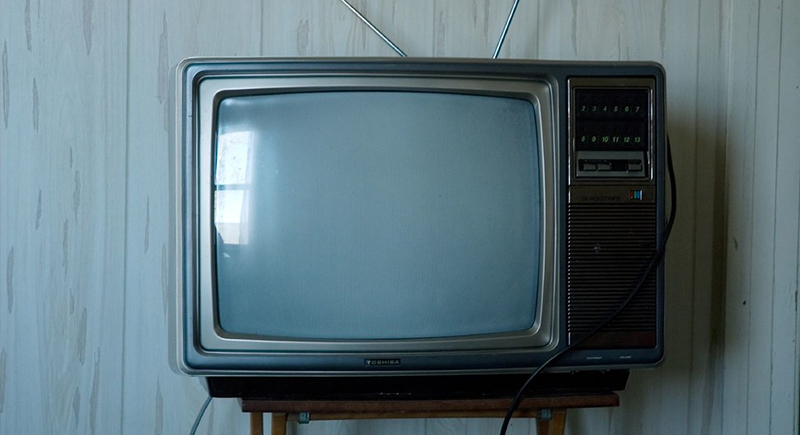
Credit: flickr
TV screens brought moving pictures and stories into the living room. Families watched the moon landing, sitcoms, sports, and breaking news all in the same place. It shaped opinions, launched celebrities, and became the main source of entertainment. It filtered and packaged the world, then broadcast it to millions of minds at once.
Camera
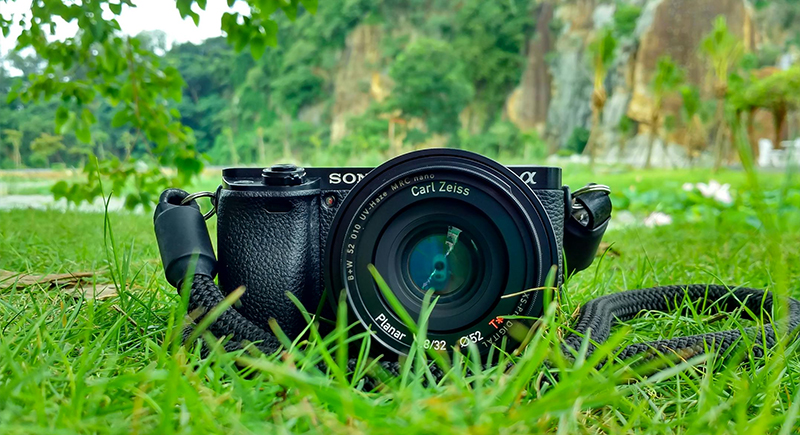
Credit: pexels
The invention of cameras gave people the power to freeze moments. Birthdays, weddings, wars, and protests could be documented forever. The world became more visible—raw or posed. As film turned digital, everyone became a photographer. That shift changed how we remember events, what got remembered in the first place, and who controlled the narrative.
Sewing Machine
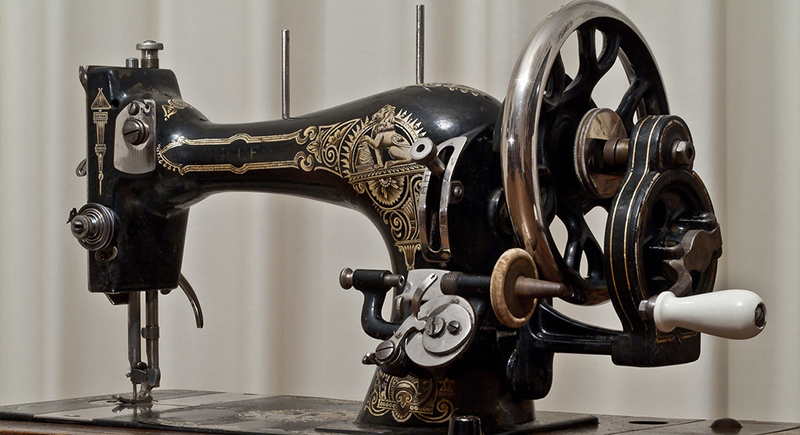
Credit: flickr
Before mechanized sewing, every garment had to be stitched by hand, which was time-consuming and limited production. The sewing machine changed that. It standardized clothing sizes, sped up manufacturing, and made fashion more accessible. For the home user, it meant repairs and custom projects were no longer daunting.
Microwave Oven
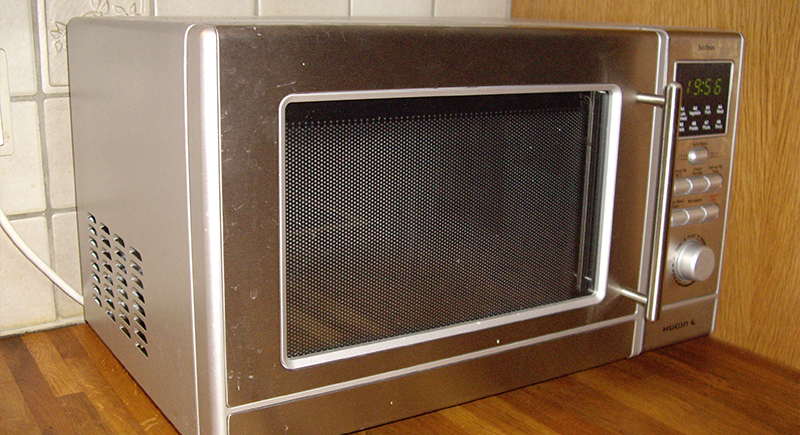
Credit: Wikimedia Commons
The microwave was invented accidentally during radar research and quickly became a kitchen staple. Unlike traditional ovens, it heated food by exciting water molecules while drastically cutting cooking time. It didn’t replace all cooking methods, but it did change habits. Frozen meals, reheated leftovers, and quick prep became the norm in households pressed for time.
The Refrigerator

Credit: pexels
There was a time when food used to be preserved with ice, salt, or by drying. The introduction of the electric refrigerator introduced consistent, controlled cooling, which drastically reduced spoilage. It transformed grocery shopping and allowed people to buy perishables in larger quantities and store leftovers safely. It also impacted nutrition by making fresh produce and dairy more accessible year-round.
Washing Machine
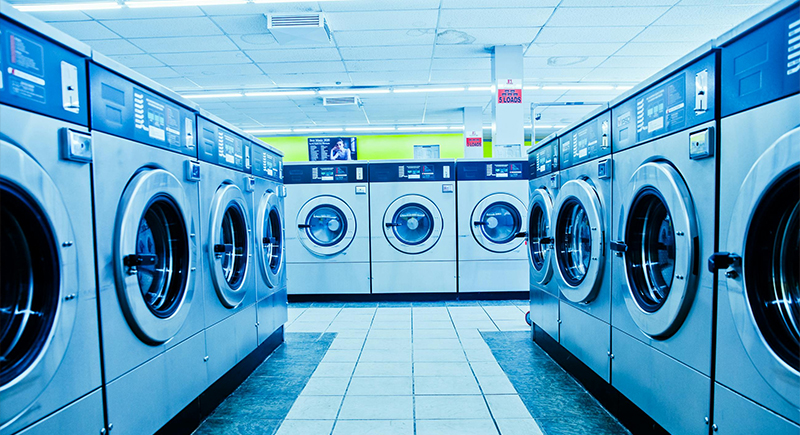
Credit: pexels
Washing clothes used to mean soaking, scrubbing, wringing, and waiting. It was physically exhausting and often took the better part of a day. The electric washing machine automated much of that process. It changed the rhythm of domestic life. One cycle running in the background freed up hours for other tasks.
Air Conditioner
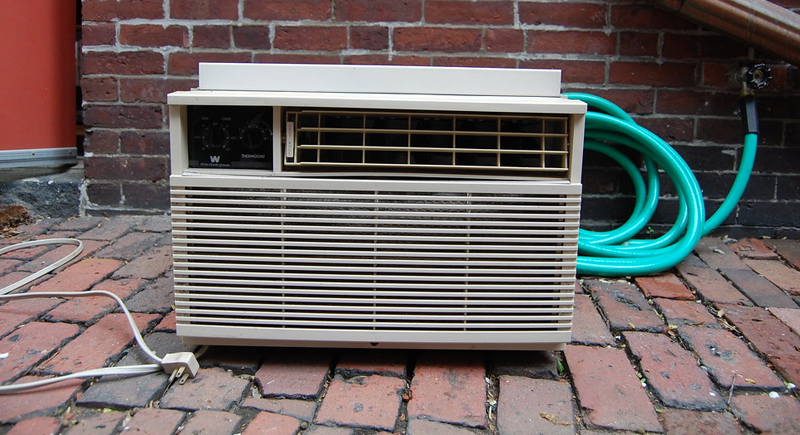
Credit: flickr
Sweltering summers were once unbearable indoors, but then air conditioning came and cooled the chaos. Offices, movie theaters, and homes all became bearable no matter the weather. Populations shifted to hotter regions and productivity soared. It cooled the air and changed where people lived, how buildings were designed, and how humans handled heat in every corner of daily life.
The GPS
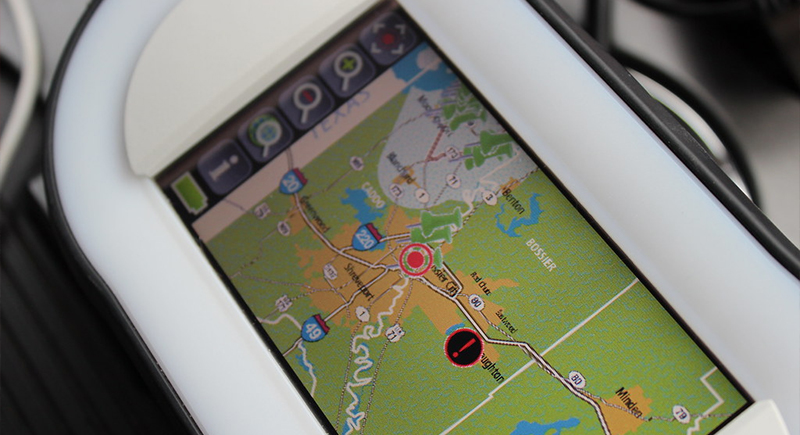
Credit: flickr
Paper maps got crumpled and confusing. Then, GPS made location tracking automatic. Drivers stopped guessing, hikers stayed on the trail, and delivery and logistics industries exploded. With real-time data and satellite precision, getting lost became rare. It reprogrammed how people move through the world.